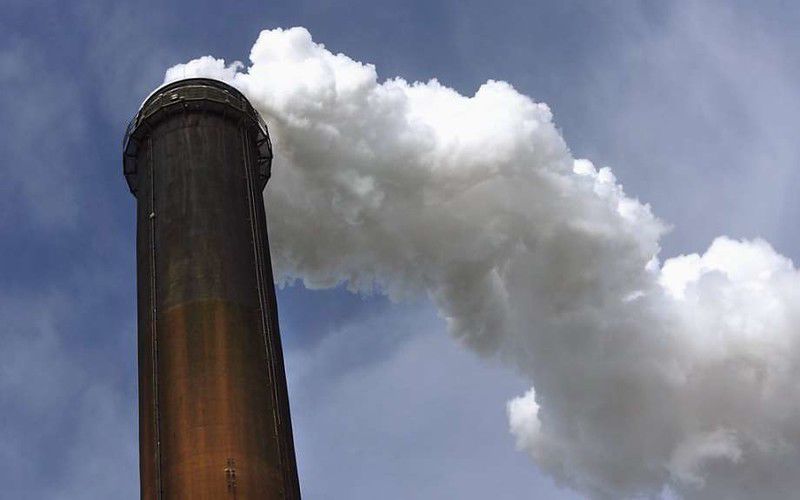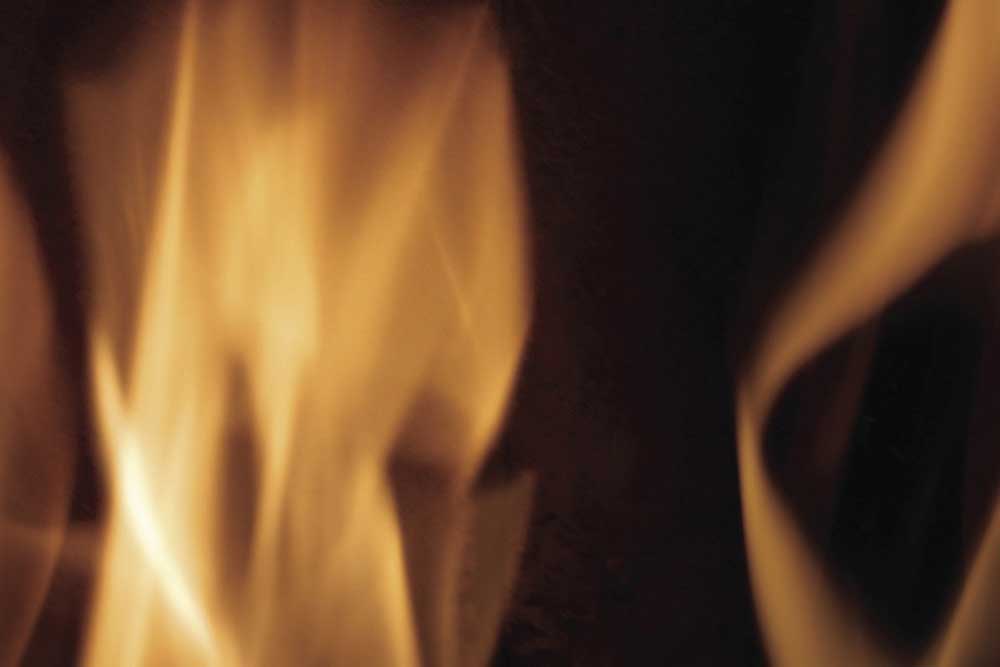Editorial: Don’t overcorrect on EPA’s Clean Power Plan rules
Published 10:38 am Friday, July 21, 2017

- AP file photo.
Young drivers are taught that overcorrecting is as deadly a mistake as failing to correct a course toward collision. That holds true in public policy, as well. Some proposals for fixing the EPA’s Clean Power Plan overcorrect that agency’s overreach and targeting of the coal industry, by propping up that industry artificially.
Let the markets work. The EPA has no business in picking winners and losers.
Trending
“It might sound counterintuitive that the Trump administration is contemplating a ‘replacement’ version of former President Barack Obama’s climate change rules, but that’s what miners and major labor groups are pushing in meetings with the Environmental Protection Agency and the White House,” the Washington Examiner reports. “The EPA is reviewing the Obama administration’s Clean Power Plan as part of a process that ultimately will see the plan repealed or re-proposed as a replacement rule that it can justify as legally defensible under the Clean Air Act.”
The problem is that unions, emboldened by Trump’s pledges to restore coal miners’ jobs during his campaign, are asking for the same market-distorting rule changes that benefitted solar, wind and other renewable power sources under the Obama administration.
“Conservative groups and clean energy advocates say that if the EPA goes for a replacement rule, a Trump Clean Power Plan most likely would favor coal-fired power plants by rewarding them for improving boiler heat-rate efficiency,” the Examiner explained. “That was one of the options that the labor unions suggested to the administration last month. Heat-rate efficiency refers to the amount of heat necessary to burn coal to generate a unit of electricity. Increasing heat-rate efficiency reduces the amount of fuel needed to generate power.”
According to William Murray at R Street, a public policy think tank, this is a terrible idea.
“Such a plan would reward coal-fired power plant if they improved their boiler heat-rate efficiency, even though the improvements could only cut greenhouse gas emissions by 2-3 percent, as opposed to the additional 10-12 percent the previous administration wanted to see,” writes Murray. And later, he adds, “But just because the revised rule wouldn’t be as powerful doesn’t mean it wouldn’t be just as damaging to the economy over the long run. Dictating winners and losers in energy markets is always a bad idea. This is as true of the bias against coal and nuclear energy shown by regulators during the second Obama term as it would be of this new proposal to upgrade coal-powered electricity plants to a point where they still won’t be as clean as a new natural gas-fired plant.”
Right now, the markets are driving emissions in the right direction. Cheap natural gas has led to an incredible decrease in CO2 – to levels not seen since the 1990s.
Trending
“Leaving an ineffective regulatory structure in place of the original CPP may save the Trump administration a lot of time and effort, but it isn’t the principled approach to energy development this country needs in the 21st Century,” Murray writes.
The markets don’t need the EPA’s help.







